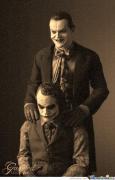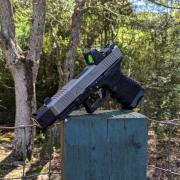I have no problem stating that Taran Butler likely has an exceptional natural gifting of hand-eye coordination that has been honed over a long period of time with abundant practice. None of that hindered by his status as a pro with his own range at his disposal 24/7.
If I were to find myself with my own range, all the ammo I could shoot and all the time I wanted to pursue it, it is highly unlikely I would be able to replicate it even with years of effort because I wasn't born with the capabilities of an elite athlete. I could succeed some, certainly, but not to the same level for the same reasons I won't be out-driving any Formula 1 drivers anytime soon. There ain't enough nurture to overcome some of the giftings of nature.





 Reply With Quote
Reply With Quote



